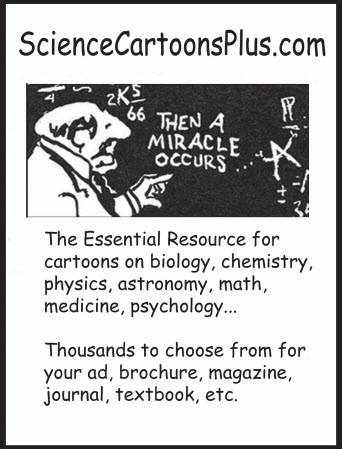Journal Apps: To Do or Not To Do
On 22 March 2011, the CSE Education Committee presented its first Webinar of the year, titled “Journal Apps: To Do or Not To Do”. Angela Cochran, director of publications production for the American Society of Civil Engineers and chair of CSE’s Education Committee, moderated the 90-minute event. The speakers were Abroo Shah, director of applications development at the American Psychological Association; Michael Hepp, senior technology strategist at Dartmouth Journal Services; and Euan Adie, senior product manager at Nature Publishing Group.
An app is an application and, in the context of this discussion, an application specifically designed to run on such a device as a smartphone or tablet. In 2009, consumers spent $4.2 billion in app purchases, and this number is forecast to rise to $29.5 billion in 2013.1 Clearly, apps are big business. However, the decision to create an app for one’s publication—and even determining how to start—is not easy for many of us in publishing. This Webinar sought to demystify the process.
Shah pointed out that the last decade has seen scholarly publishing move from print to digital. Mobile technologies provide a mechanism for rapid communication and updates on the go. With the iPod, iPad, iPhone, Droid phones, and other e-reader and tablet devices becoming increasingly popular, scholarly publishers are under pressure to create software that allows access. Adie cited a Nature Publishing Group market survey from January 2011, which showed that scientists are indeed using mobile devices in their work to: read science news, blogs, and journal table of contents; listen to science podcasts; and search for and read research papers.
Having established that creating a mobile app might be a good idea for your publishing program, how do you go about creating an app, one that users will find helpful? The first step involves information gathering. For instance, instead of targeting all possible platforms and devices—which could mean a big expense—identify just one to start with. Hepp suggested gathering information by conducting reader surveys or by analyzing Web metrics to find out which device is the most popular among your readership.
Other considerations to explore include whether the app should be journal specific or publisher specific (featuring a publisher’s portfolio of journals). For Hepp, making that decision involves looking at costs, considering branding, thinking about how readers might want to access the content, and looking at possibilities for aggregation and cross-pollination of content.
Adie raised considerations of monetization of an app. Publishers need to decide how to price the app, whether to permit advertising, and whether to offer mobile subscriptions. Adie pointed out that the top-grossing apps are almost all priced under $10 and that the price range of $0.99–1.99 is just low enough to encourage impulse purchasing.
Nature Publishing Group offers its app in three ways: through site-license access, personal subscriptions (print, Web, and mobile), and mobile subscriptions (no print and no Web). The mobile subscription is $8.99 per month or $69.99 per year (compared with $150.00 for a personal subscription). The app is offered only on iOS (both iPhone and iPad) and features a news and research stream, the ability to filter the stream if the user is registered, the opportunity for those who have personal subscriptions to read the full text on their mobile devices, and the capability for “syncing” bookmarks back to the nature. com Web site.
If you are interested in developing an app for your journal, it might be worthwhile to go online and explore what other publishers in the sciences and medicine are offering to their mobile readers. Shah identified five criteria for a successful app:
- The developers understand the users.
- The app’s flow is kept simple.
- The device capabilities work for the app’s functions.
- The technologies’ unique capabilities (such as those of the iPad) are used to present rich media.
- The app is priced correctly (for example, price for the app only or price for a package deal).
Any new technology can be intimidating, but the evidence seems to point to mobile apps as an important new part of publishing. To hear more on the topic from these presenters, visit the CSE Web site, where the “Journal Apps” Webinar may be downloaded for a fee. Future CSE Webinars with content relevant to e-publishing include “Going Mobile: Mobile Optimization of Your Site”.
Reference
- FierceWireless. Gartner says consumers will spend $6.2 billion in mobile application stores in 2010 [Internet]. 2010 January 19 [cited 2011 April 28]. Available from:http://www.fiercewireless.com/pressreleases/gartner-says-consumers-will-spend-6-2-billion-mobile-application-stores-2010.
REBECCA S BENNER (rbenner@greenjournal.org) is the director and managing editor of Obstetrics & Gynecology in Washington, DC.

